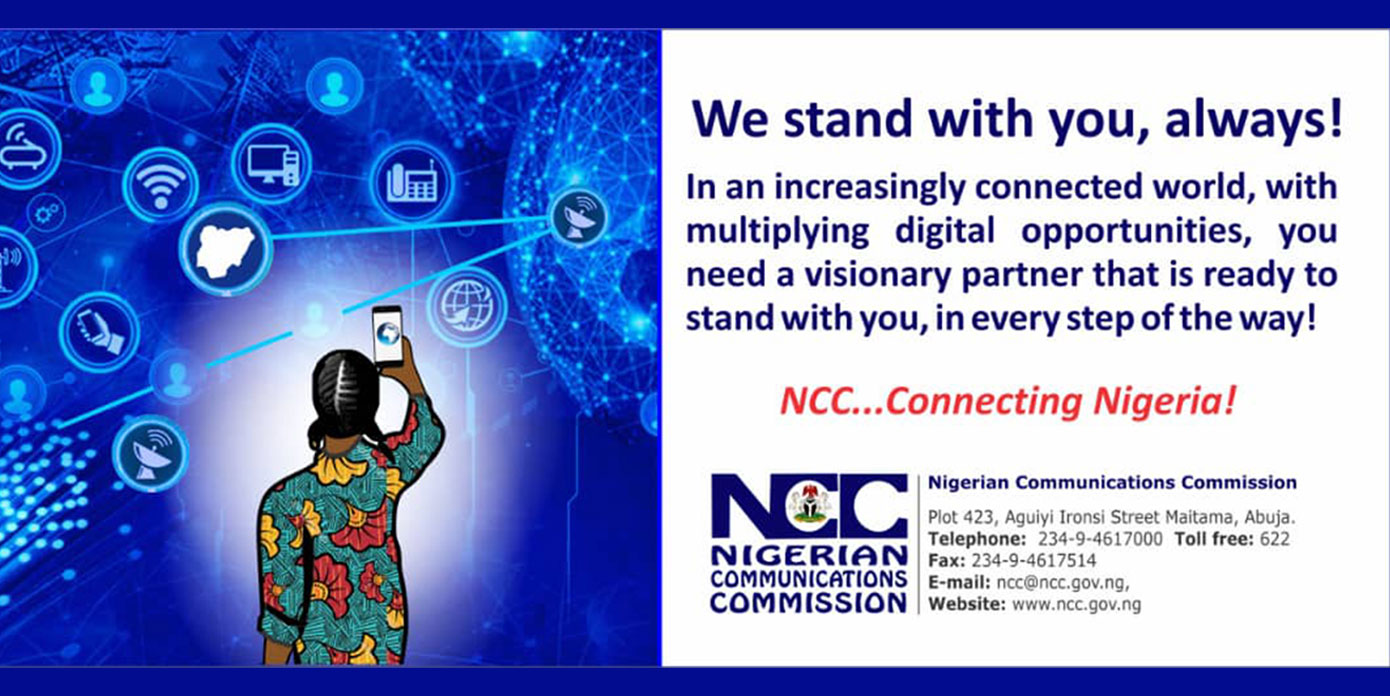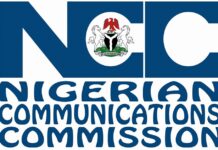
When we think of 4G, we immediately think of an increase in mobile bandwidth, which increased mobile phone usage globally. Yet, 4G missed the commercial mark with consumers in Africa, and operators are still feeling the pinch. At GSMA’s Mobile360 Africa event, Safaricom’s Stephen Chege’s keynote speech addressed the limited usage of high-speed mobile broadband in Africa and the inevitable obstacle it has posed to the uptake of 4G services.
During the event it became clear that low adoption could be attributed to a lack of consumer awareness of the wider range of uses or benefits of 4G and smartphones, and with 5G on the horizon operators could no longer afford to allow the technology to continue to be underutilised. In Q3 2019, 4G adoption was ranked at just 9 per cent and there was a call upon mobile network operators (MNOs) to begin educating consumers from urban to rural areas on the real capabilities of 4G before they could usher in 5G.
The leapfrog to 3G
Prior to the 3G-era, the African broadband market was vastly underserved
(due largely to the emergence of mobile voice that subsequently limited
the deployment of fixed line networks during the late 1990s and early
2000s). Although fixed line networks were key in delivering the popular
broadband access technologies including ADSL or cable lines, mobile
networks were faster, easier and cheaper to deploy, which operators
sought to capitalise upon. Due to a lack of broadband services,
ownership of personal computers or laptops was limited by way of sparse
access.
The introduction of 3G saw what we now know as the leapfrog the African market took in connecting consumers to the internet via mobile networks, thus shifting Africa into the next technological era and mobile phones became the primary point of access to the internet in the region.
Despite initially filling the much needed gap of availability of internet services in the region at a low cost, 3G mobile broadband is highly limiting in its capacity with speeds that are up to ten-times slower than 4G. So why did the digital revolution stop at 3G for Africa’s consumers?
The usage gap in 4G
The introduction of 4G in Africa initially saw slow rollout due
to the high cost of deployment and, with no real coverage, consumers
did not have access to a good 4G network that could service their
capable devices. This curtailed consumer enthusiasm of the high-speed
technology and, as a consequence when coverage increased (from 10 per
cent in 2014 to 46 per cent in Q3 2019) usage and adoption has failed to
evolve.
GSMA Intelligence’s 2018 consumer survey found that sub-Saharan Africa’s connected consumers spend most of their time on traditional communications (mobile voice calls and SMS) or digital communications (instant messaging and voice calls using OTT applications, and social media networking) services (see chart, above, click to enlarge).
The aforementioned use cases are all easily accessible on 3G networks and could run smoothly on feature-phones. So even if a consumer owns a smartphone and has access to a 4G connection, their uses don’t extend beyond that of a 3G-enabled device. Highlighting a key issue in the previously expected trade-off between 3G to 4G, because consumers were on a bumpy road towards 4G access, the usage of their devices has remained limited and consumers are yet to diversify their usage of the next generation access (NGA) technology.
Beyond access: educating and localising to increase usage
MNOs now have the burden of aiding consumers in diversifying
their usage of NGA technologies by educating their consumers on the
difference and the benefits: simply providing access has failed to
increase adoption beyond 9 per cent. Some can argue the availability of
entertainment (gaming and streaming) and lifestyle (education and
health) applications in the region could have allowed for an increase in
the uptake of services, however the lack of localised content has
impeded uptake of popular global applications.
Of course, if applications are not tailored to the wants or needs of consumers in the region, they are bound to fail and Africa is not exempt from this. Here, MNOs could focus on, or invest in, applications tailored to the region and fund the localisation of digital content that will inevitably contribute to an increase in data consumption. There will also be the short-term burden of educating consumers on the real difference between technologies and how uses differ widely between devices that can better serve their specific needs. Despite MNOs in Africa not carrying the burden of device financing, the benefits of educating the consumer on the differences of devices available will always increase adoption in the long run.
We can remain sure that if 4G is not utilised to its full potential in Africa, 5G is bound to suffer a similar fate until the underlying issues are addressed. More importantly, we must stop misunderstanding the readiness of the average consumer as a barrier to investment in future NGA technologies and look at how best to educate consumers to ensure technologies are utilised.
– Julie Ssali – telecoms forecast analyst – GSMA Intelligences












